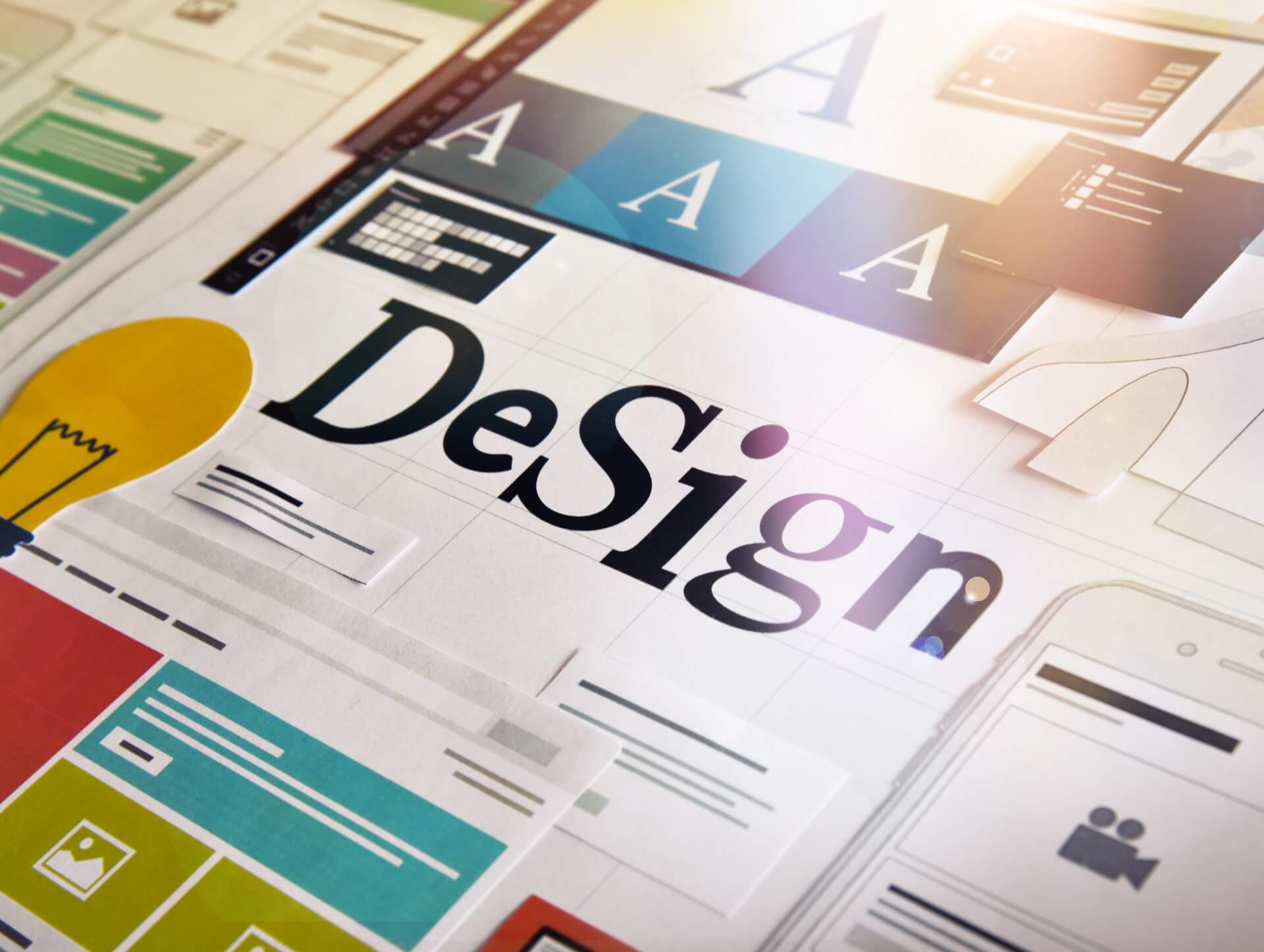The impact of design thinking on collaborative design processes

06/09/2023
Graphic design plays a vital role in creating visual solutions for various industries. Whether it's developing a brand identity, designing custom graphics, or providing ongoing design support, collaboration is essential to create impactful designs. Design thinking, a human-centered approach to problem-solving, has revolutionized the design industry and transformed the way designers collaborate and create. In this article, we will explore the impact of design thinking on collaborative design processes and how it enhances creativity and problem-solving in graphic design projects.
What is Design Thinking?
Design thinking is a methodology that emphasizes empathy, experimentation, and iterative problem-solving. It involves understanding the needs and desires of users, generating multiple ideas, prototyping and testing those ideas, and refining them based on feedback. Design thinking is not limited to designers; it can be applied to any discipline to solve complex problems and drive innovation.
Enhancing Creativity and Problem-Solving
Design thinking encourages collaboration and brings together individuals with diverse backgrounds and expertise. By fostering a collaborative environment, design thinking enables the exchange of ideas and perspectives, leading to more creative and innovative solutions. When multiple minds come together, different approaches and insights emerge, pushing the boundaries of what is possible.
In a collaborative design process, each team member brings their unique skill set and knowledge to the table. This diversity allows for a holistic understanding of the problem at hand and opens up new possibilities for creative solutions. By integrating design thinking into the collaborative process, teams can break free from traditional design constraints and explore new avenues for problem-solving.
The Role of Empathy in Design Thinking
Empathy is a critical component of design thinking. Understanding the needs, motivations, and emotions of users is key to creating designs that resonate with them. By empathizing with users, designers can gain valuable insights and develop a deep understanding of the problem they are trying to solve.
In a collaborative design process, empathy allows team members to step into the shoes of the target audience and view the problem from their perspective. This shared understanding helps the team align their goals and work towards a common vision. Designers can conduct user research, interviews, and observations to gather insights and validate their design decisions.
Iterative Design and Prototyping
Design thinking encourages an iterative approach to design. Rather than relying on a linear design process, teams can continuously ideate, prototype, and test their ideas. This iterative cycle allows for quick feedback and enables designers to refine their solutions based on user insights.
In a collaborative design process, iterative design and prototyping become even more powerful. By involving multiple stakeholders in the feedback loop, designers can gather diverse perspectives and make informed design decisions. This collaborative feedback loop ensures that the final design meets the needs of the users and aligns with the goals of the project.
Collaborative Tools and Technologies
Advancements in technology have made collaboration easier than ever before. There are numerous tools and platforms available that facilitate real-time collaboration and communication between team members. These tools allow designers to work together seamlessly, regardless of their physical location.
Collaborative design tools enable teams to share and edit design files, leave comments and annotations, and track the progress of a project. This level of transparency and accessibility enhances the overall efficiency and effectiveness of the design process.
Benefits of Design Thinking in Collaborative Design Processes
Design thinking brings a multitude of benefits to collaborative design processes:
1. Enhanced Creativity:
By encouraging collaboration and diverse perspectives, design thinking stimulates creativity and fosters innovation. It allows team members to think outside the box and explore unconventional solutions.
2. User-Centered Design:
Design thinking puts the user at the center of the design process. By empathizing with users and involving them in the design process, designers can create solutions that truly meet their needs.
3. Improved Problem-Solving:
Design thinking provides a structured approach to problem-solving. It helps teams break down complex problems into manageable parts and find creative solutions through iteration and experimentation.
4. Increased Collaboration:
Design thinking promotes collaboration and teamwork. By involving multiple stakeholders in the design process, teams can leverage diverse skills and expertise to create better designs.
Conclusion
Design thinking has revolutionized the way designers collaborate and create. By incorporating empathy, iteration, and collaboration into the design process, design thinking enhances creativity and problem-solving. In a collaborative design process, design thinking allows for the exploration of diverse perspectives and the development of innovative solutions. As technology continues to advance, collaborative tools and platforms will further facilitate the design process, enabling designers to work seamlessly together, regardless of their physical location. In the ever-evolving field of graphic design, design thinking will continue to shape and transform collaborative design processes, leading to more impactful and user-centered designs.
Contact us

Spanning 8 cities worldwide and with partners in 100 more, we’re your local yet global agency.
Fancy a coffee, virtual or physical? It’s on us – let’s connect!

